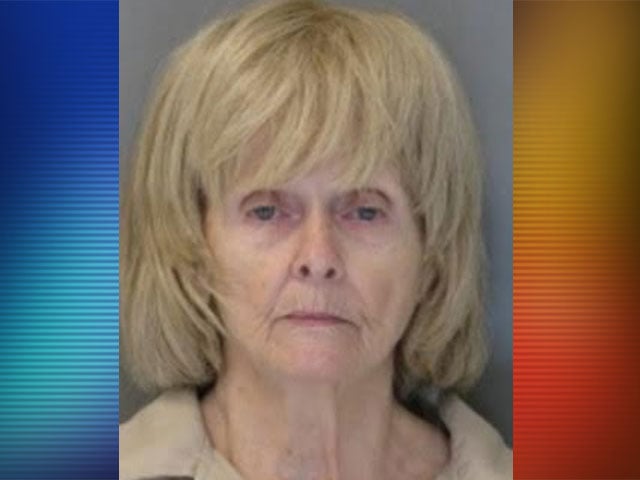

What the reader knows, and most of the civilian characters fear, that the girls have been abducted and have probably been murdered, hangs over the many fragments of narrative like stormclouds.Īs the book progresses, each chapter focuses on a new situation, so that it’s not even clear if there is a through narrative line. There is no way off the peninsula except by sea, and in spite of the evidence of a woman who witnessed the abduction (who has a chapter of her own), the investigating police pretty much decide that the girls drowned and the case is closed. In the following chapters, the abduction is mentioned, sometimes as a barely remembered newspaper story, always as an unsolved mystery that creates unease, especially in women and the parents of young children. We follow them until we know that they are being taken north, and then, with the end of the chapter, we lose sight of them. In August two little girls are abducted from the seaside of the city. The story is told in thirteen chapters, one for each month of the year from August to July, with a short one in the middle for New Year’s. I would have been astonished to learn otherwise, because the locality is beautifully realised, from the southern city of Petropavlovsk-Kamchatsky with its majority ethnic-Russian population to the tiny villages in the north and their Indigenous peoples. The author’s acknowledgements mention that she visited Kamchatka twice while researching and writing the book. The book is set in Kamchatka, a peninsula in the far east of Russia, that juts down into the Pacific Ocean north-east of Japan. She recommended Disappearing Earth, and I’m grateful, both to our name-dropping Book Selector and to Kate Evans. Before the meeting: This month’s Book Selector happened to be at a dinner party with Kate Evans of the ABC’s Bookshelf when he was casting about for a book for us to read.


 0 kommentar(er)
0 kommentar(er)
